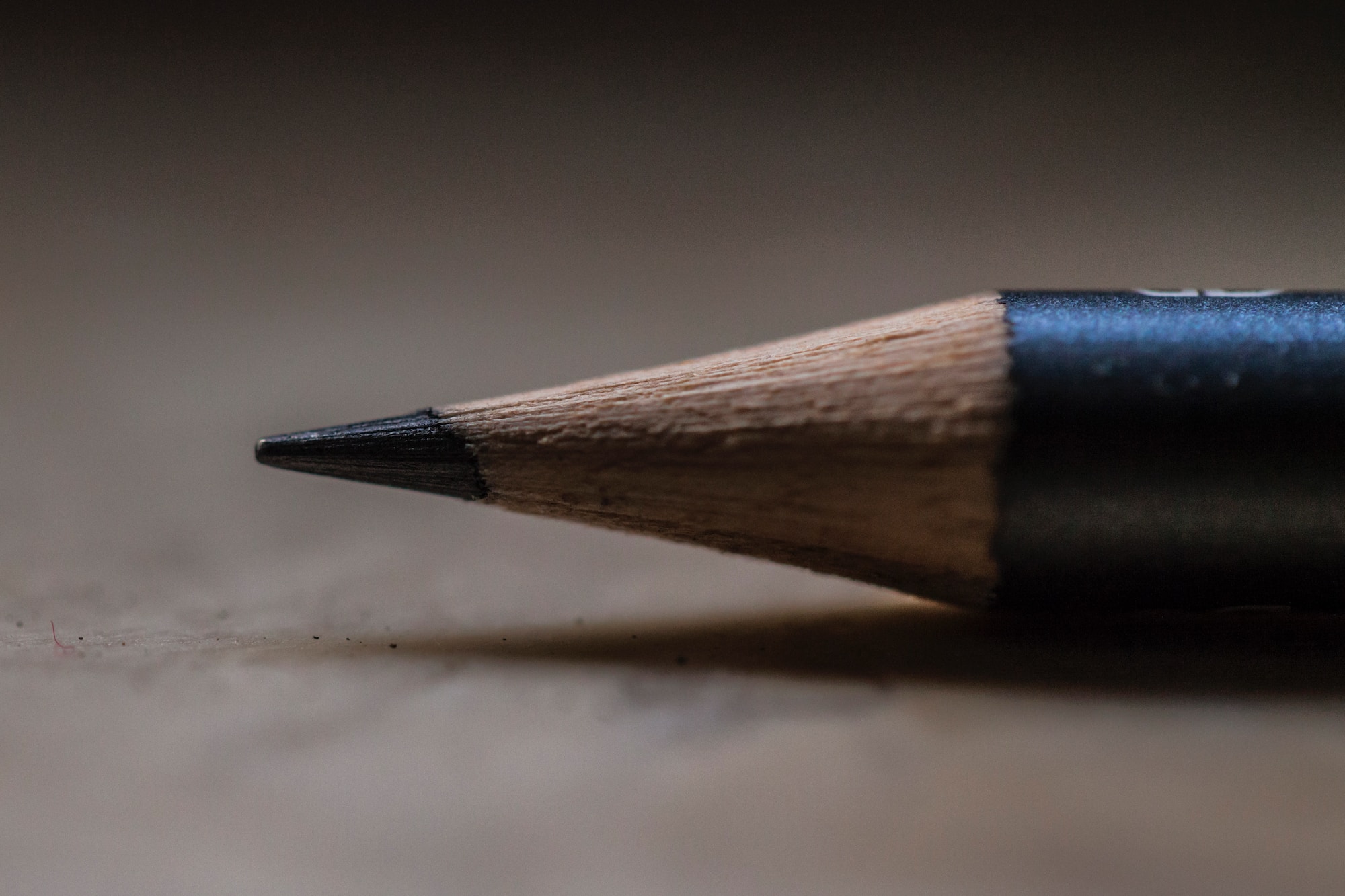Introduction to the Pencil
The pencil, a common yet remarkable tool, has a fascinating history that intertwines with human progress. From ancient Egyptian reeds to modern-day graphite marvels, pencils have evolved significantly over the millennia. This article delves into the rich history, diverse types, and multifaceted uses of pencils, demonstrating their enduring significance in various fields.
Historical Origins of the Pencil
Ancient Beginnings and Medieval Adaptations
The journey of the pencil begins over 5000 years ago. Ancient Egyptians used tools like reed or bamboo, filled with liquid lead, as writing instruments. During the Middle Ages, lumps of lead were employed for planning manuscripts, leaving dense silvery lines that artists could overlay with ink or paint.
Etymology and Early Forms
The term ‘pencil’ has its roots in the Old French word ‘pincel’ and the Latin ‘penicillus’, meaning ‘a little tail’. Originally, it referred to an artist’s fine brush made of camel hair, a concept dating back to early petroglyphs or cave paintings. The transition from brushes to writing tools led to the development of styluses, some made of lead, which is mistakenly believed to be the core material of modern pencils.
Silverpoint Technique and Graphite Discovery
Artists like Jan van Eyck and Leonardo da Vinci utilized the silverpoint technique, a form of metalpoint drawing, predating widespread graphite use. Graphite’s discovery in Europe in the early 15th century marked a pivotal moment. The purest graphite deposits found in Borrowdale, England, in 1564, were initially encased in string or wood due to their softness.

The Modern Pencil and Its Evolution
Nicholas-Jacques Conte’s Invention
In 1795, Nicholas-Jacques Conte revolutionized pencil manufacturing. He developed a process involving a mixture of graphite, clay, and water, roasted in a kiln. This allowed for varying hardness levels by adjusting the clay-graphite ratio.
The World’s Oldest Pencil
An extraordinary find, the world’s oldest known pencil, dates back to a timbered house from 1630. This historical artifact showcases the early use of graphite and the transition to wood-encased pencils.
The Pencil: Definition and Composition
A pencil is essentially a graphite lead embedded in a wooden shaft, used predominantly for drawing, sketching, and note-taking. Its utility lies in its simplicity and erasability. The graphite’s crystal structure, coupled with low Van der Waals forces, enables the pencil’s unique properties.
Pencil Varieties and Their Uses
Pencils come in various forms, each tailored to specific applications:
- Standard Graphite Pencils: Commonly used in schools and offices for writing and sketching.
- Colored Pencils: Employ color pigments for artistic and educational purposes.
- Carpenter’s Pencils: Designed for marking rough surfaces like wood or concrete.
- Masonry Pencils: Suited for writing on hard surfaces like stone.
- Multigraph Pencils: Ideal for smooth surfaces such as glass or metal.
Pencil Hardness Grades
Pencil leads are classified based on hardness, from 9H (extremely hard) to 9B (very soft). The grading influences the pencil’s application, from detailed technical drawings to artistic sketches.
Advantages of Using Pencils
Pencils offer numerous benefits:
- Affordable and widely available
- Variety in types and hardness grades
- Convenient and easy to handle
- Functional in various temperatures and positions
- Erasable, making corrections simple
- Durable with long writing lengths
Conclusion: The Pencil’s Timeless Role
The pencil’s evolution from ancient writing instruments to modern-day utilities highlights its integral role in human history. Its versatility, adaptability, and simplicity ensure its continued relevance in various sectors, from education to art. As we embrace digital advancements, the humble pencil remains a testament to the enduring power of traditional tools in our quest for knowledge and creativity.
Key Takeaways
- Historical Significance: The pencil’s evolution is deeply rooted in human history, reflecting advancements in materials and technology.
- Versatility: From standard writing to specialized uses in construction and art, pencils cater to a wide array of applications.
- Enduring Relevance: Despite digital advancements, pencils retain their significance due to
